Basgo Monastery is a well-built spiritual center in Ladakh, nestled among the snow-capped mountains. This magnificent monastery is located 40 kilometers from Leh, on the cliffs of Basgo in the Leh province of Ladakh. Basgo has a dark red foundation and steep paths with sky-high temples. Maitreya temples, fresco paintings, old construction styles, and exotic settings are among the beauties of the monument. The three temples, Chamba Lhakhang, Cham Chung, and Chamba Serzang, are all decorated in the Central Tibetan style.
At Basgo, there are a multitude of things to do. The temples are arranged in ascending sequence, starting at the bottom. To fully explore the grounds, you will need to trek a bit and stop at each location. Explore the historic library or the mural paintings in the monastery if you are interested in art or history. Meditation is also quite popular in the Basgo Monastery. You are welcome to visit and engage in spiritual activities. Basgo's climate is quite chilly. The months of April through June are ideal for visiting the monastery. The weather will be excellent, and the roads will be free of obstructions.
History of Basgo Monastery
The history of Basgo Monastery dates back to 1680. The structure was constructed during the reign of Namgyal rulers to safeguard Basgo's grounds from intruders. In ancient Ladakh, it was a prominent political and cultural center. In the 15th century, Basgo's political importance grew significantly. Basgo Monastery's old culture may be found in its library, fresco paintings, and other artifacts. The importance of the sandstone rocks and the dark red base of the spur may also be traced back to the reign of Namgyal rulers.
The Maitreya temples with hypnotic artwork, animal stables, and distinctively designed chortens or stupas, among other things, were deeply ingrained in Basgo's history. The highest peak is where the greatest temple, Chamba Lhakhang, is located. The auxiliary rooms and roof were removed during the restoration work in the early 1980s. The Cham Chung temple features a conical roof, but the Chamba Serzang temple was only open to the royal family.
Art has progressed in a spectacular manner as well. For the first time in 1979, it adopted the Central Tibetan painting style. The Cham Chung and Serzang temples both have similar features and styles in their artwork. Religious trends, on the other hand, favored tantric Buddhist tradition.
Best Time to Visit : July to September
Time Required : 1 -2 hours
Altitude : 10801 feet
Location : Ladakh, India
Entry Fee : Rs.30/- per person


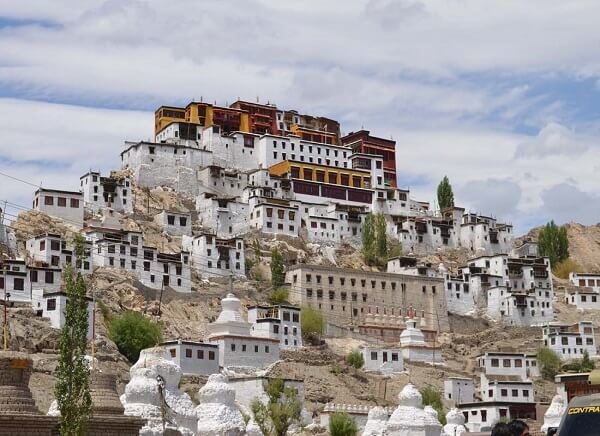
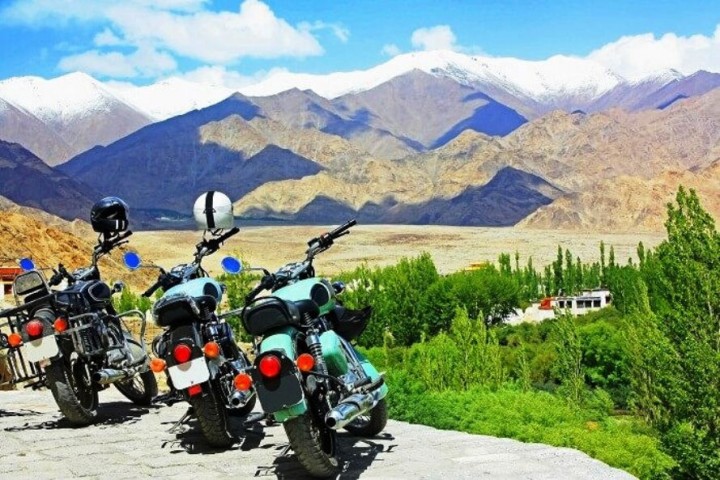


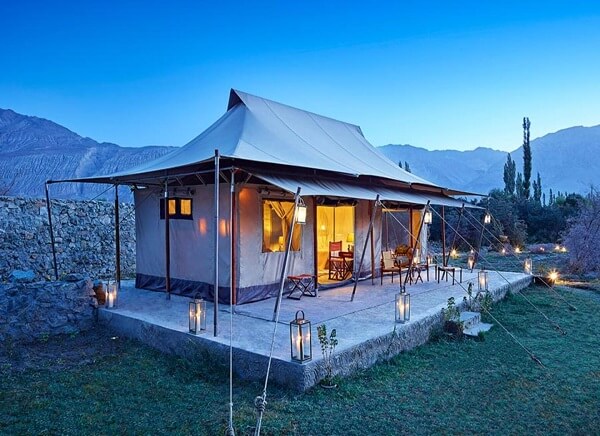
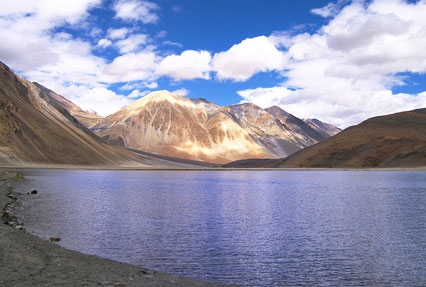
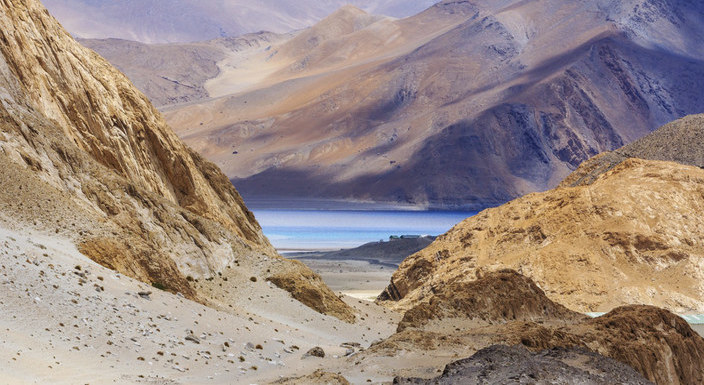
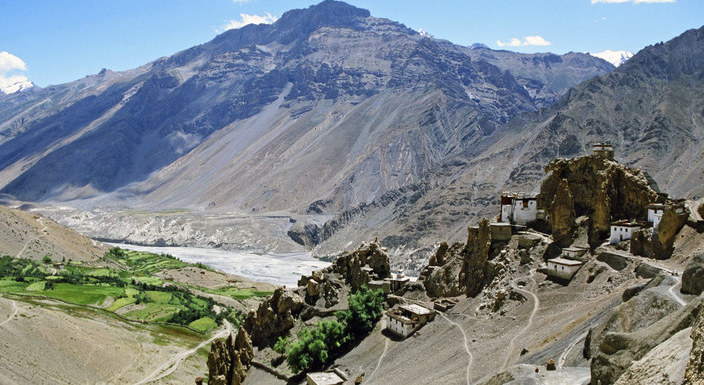
 +91-7303039611
+91-7303039611